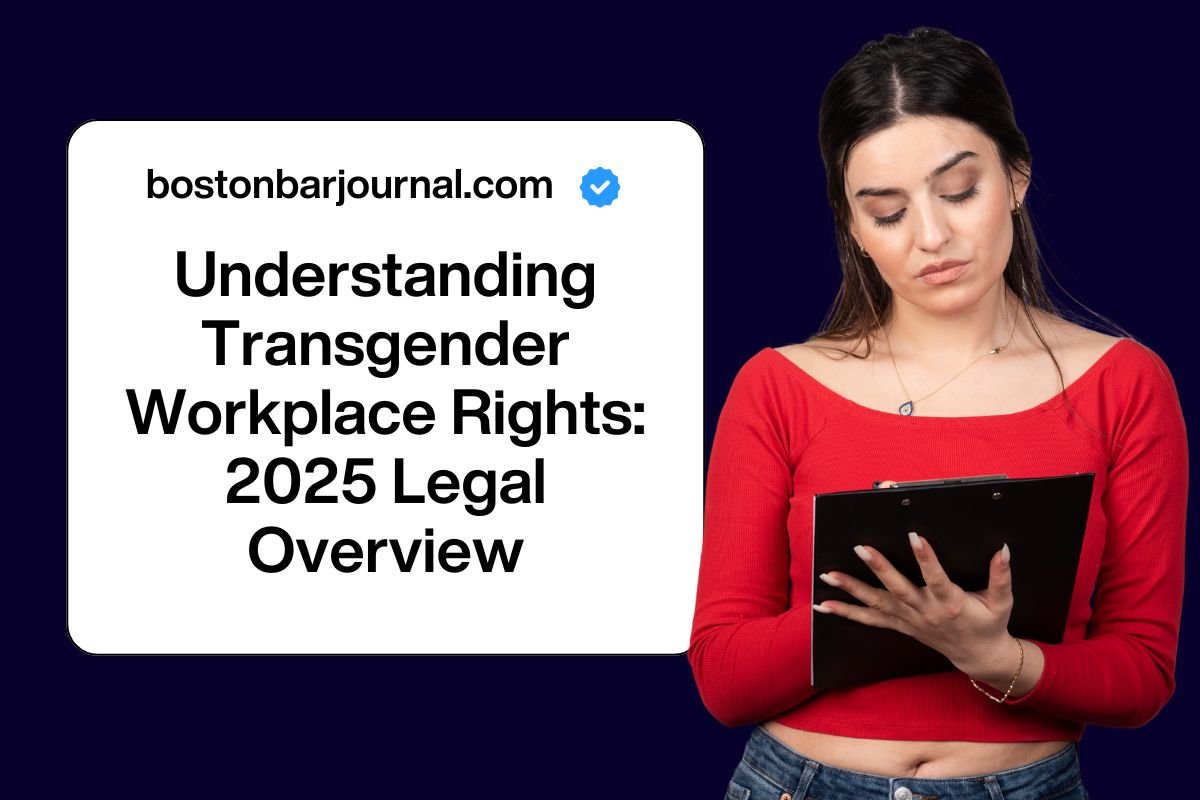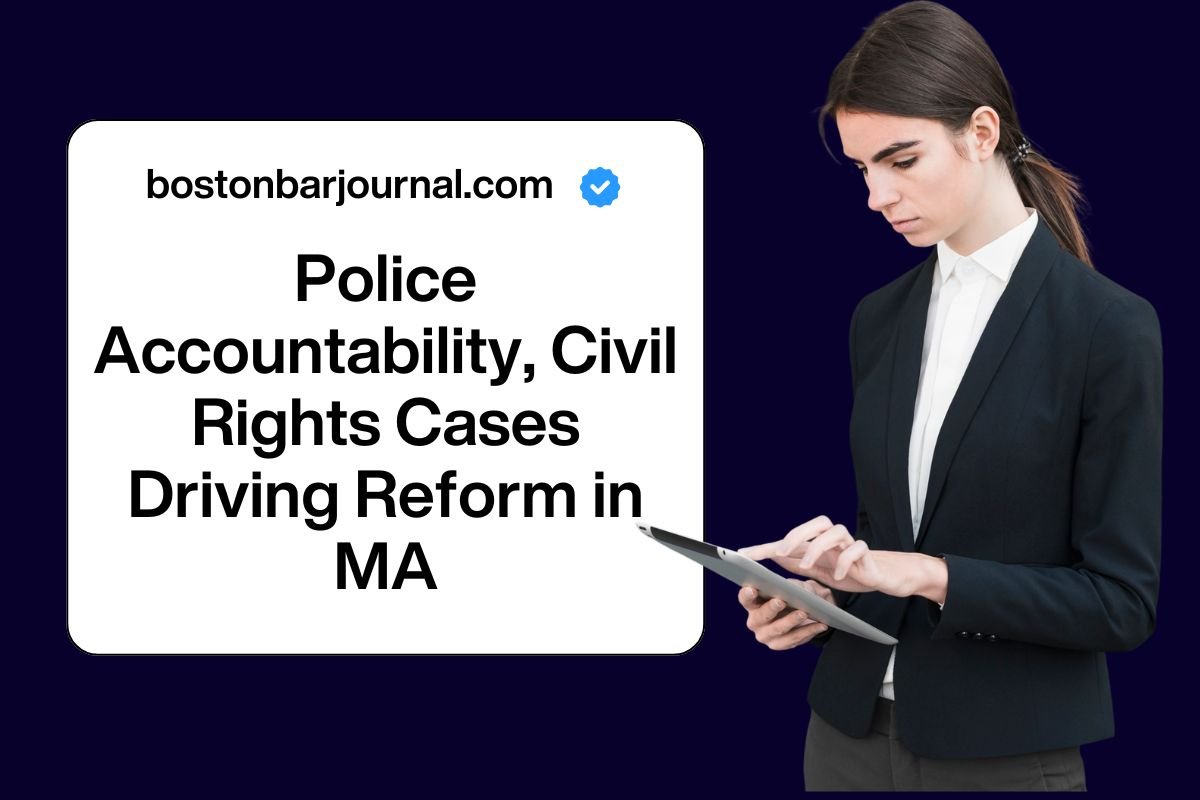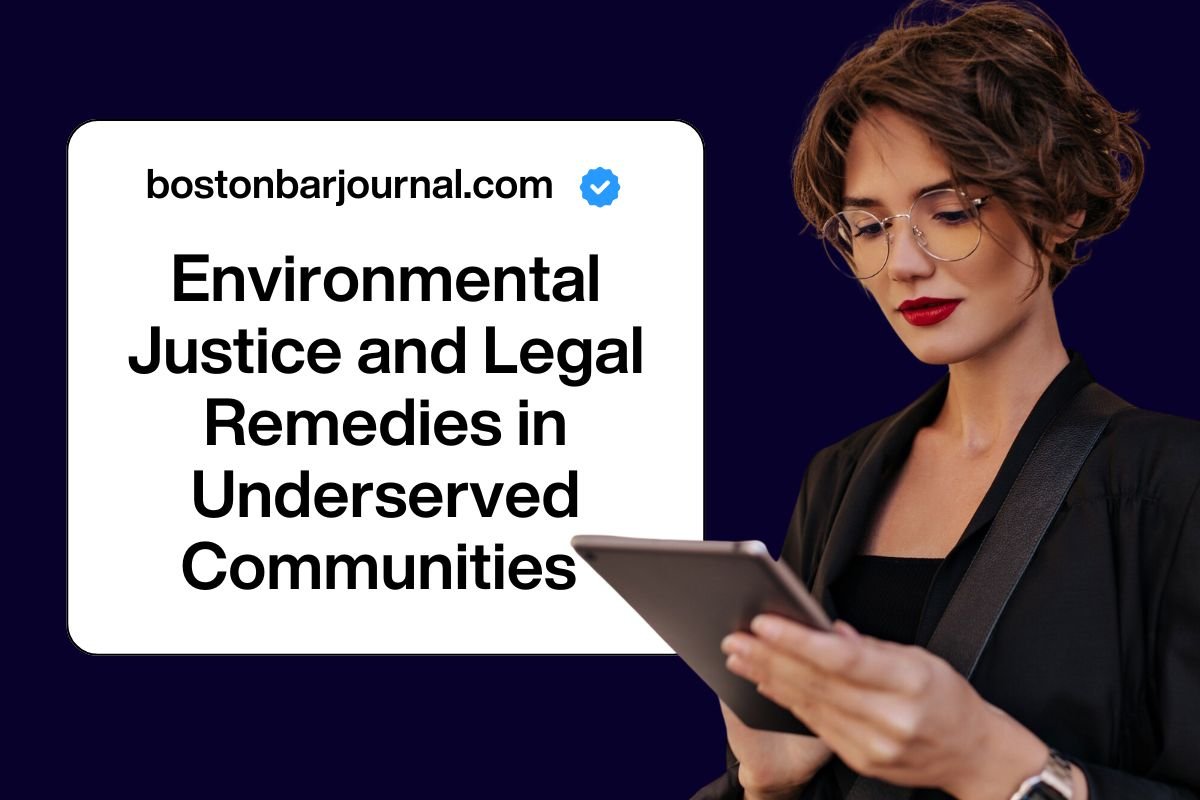The term “transgender” –or trans-is an umbrella term for individuals whose gender identity is unique from the sex assigned at birth. In the late 20th century, the word “transgender” and the modern definition of it came into use.
Understanding Transgender Workplace Rights
From being bullied in school to being an embarrassment to the family to being harassed at public places and home. All over the world, discrimination against transgender people is very common. The community of trans people does not know what it feels like to be loved and respected. The lives of transgender people are filled with full of problems and difficulties that they face continuously. There is nothing easy and good about being a trans person.
What does it mean to be “transgender” or “trans”?
The community of trans people is extremely broad. The people of the trans community are recognized as trans men and trans women, while others may be identified a gender non-conforming, or non-binary, which shows their experience. Some of these might be taking hormones or going through surgeries as part of a gender change.
Do Transgender People Have the Same Rights in the Workplace?
In the dynamic world, the hunt for workplace equality is more appropriate than ever. The concern about transgender people’s workplace rights is becoming analytically essential because the community of transgender community is facing different struggles and challenges.
As the legal protections, challenges, job application process, addressing discrimination, inclusive practices, health insurance, and support networks are vital for transgender employees is discussed in this article.
Transgender Rights in the Workplace
By growing social media recognition and evolving legal frameworks, transgender individuals are protected with the significance of inclusion and diversity.
- Confidentiality: The employer’s transgender status should be respected by colleagues and should not be revealed without their permission.
- Equal Opportunity policy: It is mandated by several jurisdictions to have an equal opportunity at the workplace, which involves gender expression and identity as a secure category.
- Respect for names and pronouns: The transgender individual’s chosen name and pronoun should be given respect by the employees and colleagues. The constant mispronunciation of individuals’ names is considered to be harassment.
- Gender Identity as a Protected Characteristic: Several countries and legal jurisdictions openly forbid discrimination based on gender identity in the workplace. This means that employers cannot mistreat transgender individuals in procedures such as payment, boosting, hiring, and other terms and conditions of employment.
- Freedom from Harassment: The transgender employees have the right to be part of a workplace free of harassment, which includes repeated intentional misuse of pronouns, derogatory remarks, and invasive personal questions.
- Access to facilities consistent with gender identity: The transgender employees have the equal right to use the restrooms and other facilities consistent with their gender identity, whether they have undergone the gender-affirming medical treatment. In a situation of restroom entry, employers cannot request certification of gender or limit access to particular restrooms distinct from other employees.
Limitations and challenges faced in the Workplace
The transgender community is continuously facing several challenges and limitations in their workplace, even after the rising responsiveness and legal laws for protection. These challenges limit their ability to succeed in their profession, cause insecurity in employment, and also result in harmful environmentsDiscrimination and Harassment
- Hiring Bias: During the job application process, transgender individuals often face discrimination. After interviewers learns their transgender identity, from resumes being unnoticed due to indirect identity to being excluded from positions.
- Workplace enmity: Transgender employees may experience discrimination and harassment from supervisors and colleagues, even after being hired. This involves derogatory comments, wrong questions, and calling out with other names.
- Employment and Wage Gaps
- Limited Career Advancement: There are many barriers that transgender people face in the growth of their careers, which include a lack of sponsorship, opportunities, and mentorship, thus leading to being alone and unsupported at the workplace.
- Underemployment and lower wages: It is seen that the transgender employees mostly work in low-paying industries and part-time jobs, where they are ill-treated and offered wages less than those of others.
- Lack of inclusive support and general strategies
- Lack of gender-inclusive policies and amenities: In some workplaces, there are no gender-neutral restrooms, clear strategies addressing transgender presence, and broad dress codes, which creates a sense of not belonging and uneasiness.
- Insufficient HR support: To support the transgender employees, the human resources department may not have adequate training or experience. This leads to unfamiliar or unsatisfactory responses to the needs of transgender employees.
- Inferior job satisfaction and commitment: The transgender employees might have lower job fulfilment and reduced engagement as they feel unsupported and experience an unfriendly work environment.
- Amplified stress and depression: The mental health of transgender employees is obstructed due to continuous harassment, discrimination, and pressure, which significantly upturns the risk of depression, anxiety, stress, and even suicidal tendencies.
Best Practices Employers can employ to reduce transgender discrimination in the workplace.
Some of the key practices to have a discrimination-free workplace environment are given below-
- Broad amenities: The workplace should provide gender-neutral restrooms to ensure the privacy and safety of all employees.
- Diversity and inclusion training: The employees and managers should be well aware and educated about transgender identities, so respectful communication needs to be there.
- Mental Health Support: For the particular transgender group, offer access to healthcare and support systems.
FAQs
Do transgender employees have the right to access the restroom?
Yes, according to gender identity, transgender employees can access the restroom. Based on their legal sex or medication transition, the employers cannot demand documentation or restrict access.
Does the employer need the transgender employees to conceal their identity?
No, the employees have no right to disclose their identity, and the employers cannot restrict them or fire someone for doing this.







